The Thrill of Truckin’ & Towin’
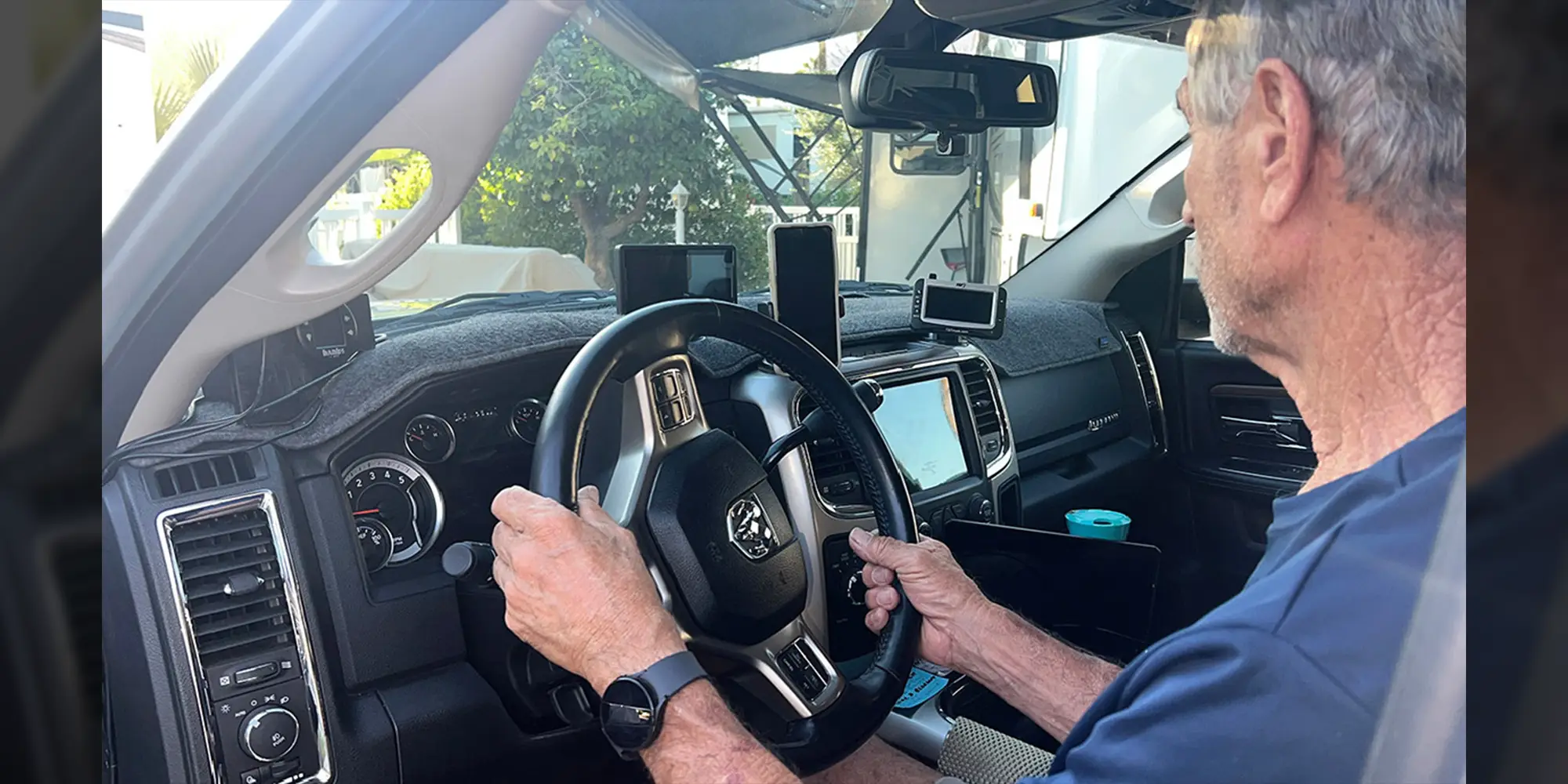
Owning a tow vehicle doesn’t have to be boring. Pickup truck and SUV owners are addicted to accessories and modifications that add personal touches to their ride — and there’s no shortage of aftermarket products that can improve performance, convenience and safety.
Fortunately, the aftermarket is chock full of accessories than can enhance the well-being of any tow vehicle — and, let’s face it, promote bragging rights. With camping season over for most of us, now is a good time to consider adding a few upgrades to enhance your truck whether you have anything hitched to it or not. Besides, Christmas is just around the corner – wouldn’t you rather have a solid tire pressure monitoring system instead of more golf shirts and socks?
In order to not go completely wild on the subject, we’ll sideline any discussion of hitches for this article (that’s a whole other subject on its own) and concentrate on items that improve safety, engine longevity and stuff that simply adds to the enjoyment, driving range, navigation and overall convenience. Then — as if your “wish list” wasn’t complete — we’ve added a whole separate section on ride and handling improvements.
There’s no denying that tow vehicles work harder than those driven solo. There’s also no denying that accessorizing and improving handling and performance is a national pastime. Among RV enthusiasts who tow trailers, every wave of new products opens the door for vehicle upgrade projects that enhance the RV experience — and make life on the road even more exciting.
Do-it-yourselfers, are you listening? Happy shopping.
Safety First
No one wants to break down on the road, much less create a scenario that leads to an accident. Thankfully, accidents are rare among RV drivers — but breakage isn’t. One of the best products one can add to minimize both is a tire pressure monitoring system (TPMS). Kicking the tires or hitting the tread with a baseball bat doesn’t cut it any longer. Most newer vehicles (and even some trailers) are equipped with a TPMS from the factory, but adding an aftermarket system really ups the ante. Most of these TPMS units are top notch and allow you to monitor the tow vehicle’s tires as well as the trailer tires. Visual and audible signals when pressure is too low or the rubber is too hot or when there is a sudden loss of air give the driver a leg up on making the right maneuver — and prevent collateral damage when a shredding tire starts destroying the bottom of the trailer or fifth wheel.
While there are quite a few TPMS units on the market, personal experience with Truck Systems Technologies (TST) and Lippert Tire Linc devices makes it possible for me to recommend them to all RV owners. For years, the TST system has received accolades for quality and accuracy, two points that are paramount when relying on a TPMS. For most owners, the screw-on sensors are more practical since they can be installed easily — and these sensors are available with flow-through provisions so you can check air pressure without removing the sensors. Internal sensors (mounted to bands inside the tire on the wheel or those built into the valves), also are showing up on trailers, and of course, the tow vehicle manufacturers only use the latter system.
In all cases, some sort of monitor is necessary to allow the driver to check on tire pressure visually and be alerted of low pressure or high temperature.
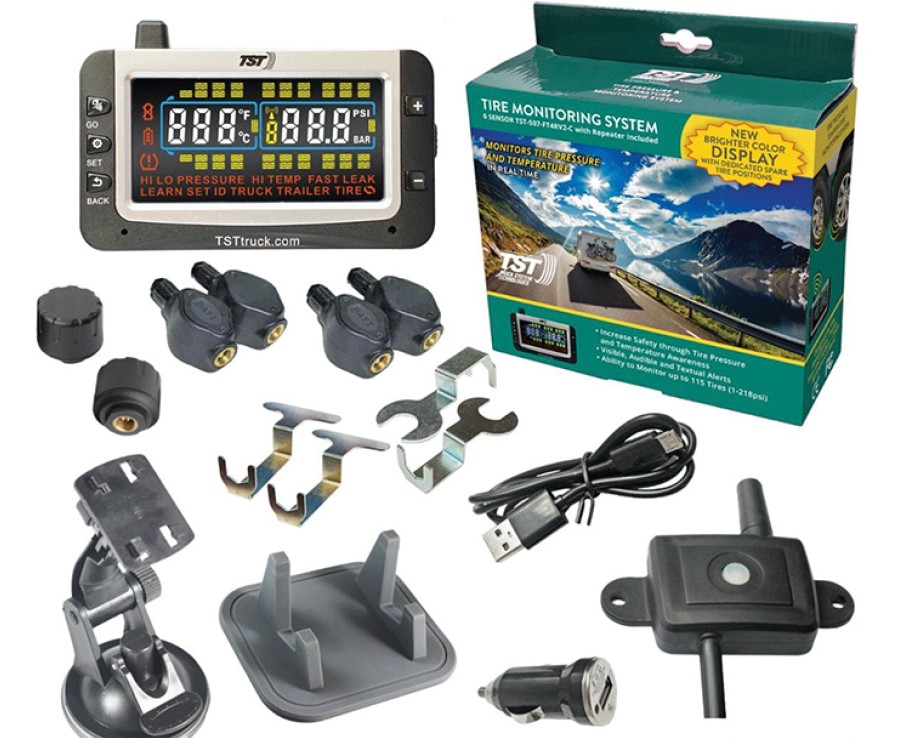
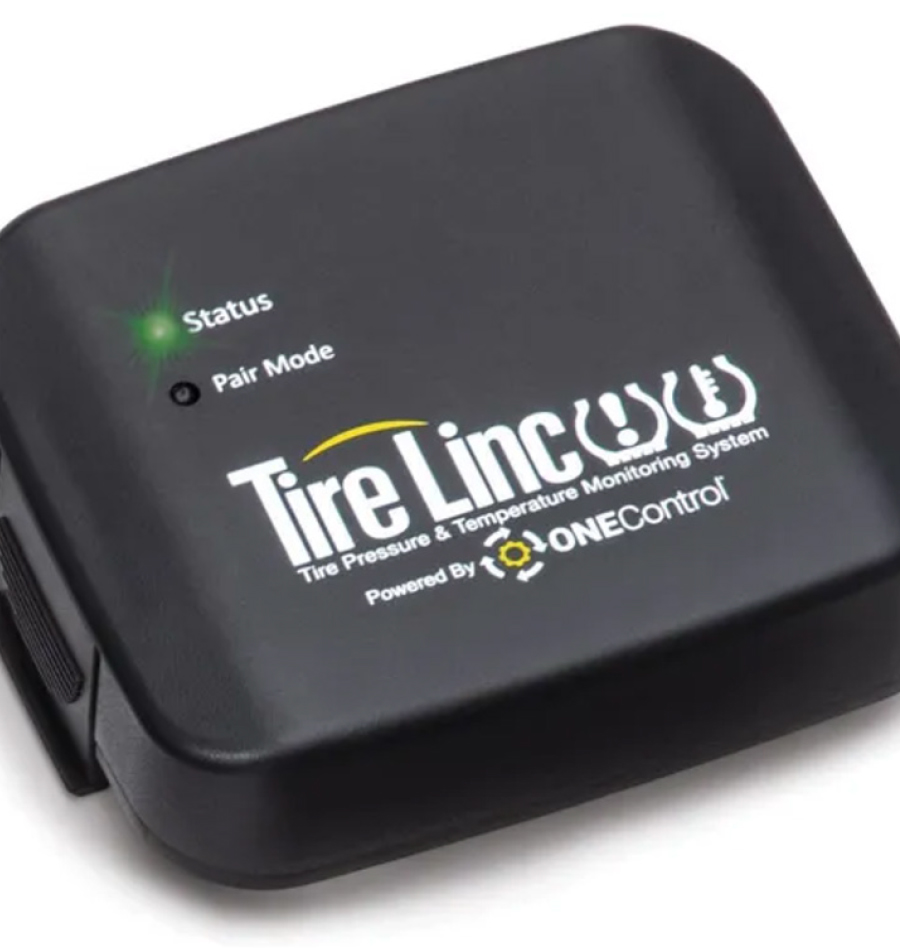
Lippert’s Tire Linc aftermarket kits also employ screw-on sensors, and the information can be paired into the company’s OneControl app. A control box (that also serves as a repeater to expand signal range) can be easily mounted in an outside storage compartment. Once the sensors are paired to the control system, information is updated several times a minute while on the road and every 15 minutes when parked. The control box and four sensors sell for $367.95 and the system is capable of monitoring up to 20 tires; extra sensors are available in two packs at $155.95.
Tire pressure and temperature can be checked through the OneControl app on a smartphone/tablet or via an optional 2.5-inch monitor ($261.95) that can be handheld or mounted on the dash/windshield with a bracket and suction cup. Lippert also offers an alert indicator ($100.95) that uses lights and an audible signal to inform the driver of pending tire issues. The alert indicator can be mounted in clear view for the driver and is powered by a USB cable, as is the monitor screen.
Private Eye
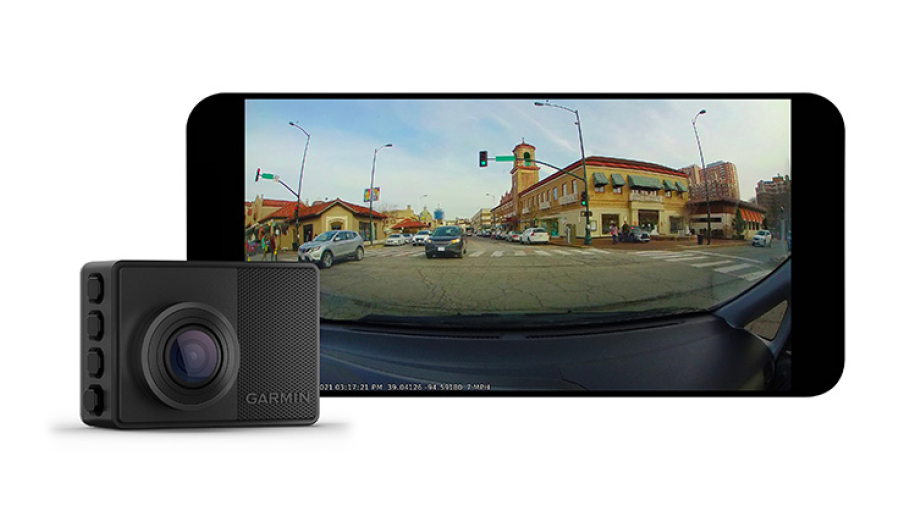
These diminutive devices simply attach to the windshield and record traffic, with a watchful eye of what’s going on in front and back of you (depending on the device). Like most everything else, there are plenty to select from; my dash cam of choice is the Garmin 66W, which is a companion device to my GPS (more on that later). I’ve used the 66W for two years and it has worked flawlessly, but a newer model, the 67W, has additional features.
Like the 66W, the 67W provides 1440p video quality and a 180-degree field of view. The newer model offers a Parking Guard feature to alert drivers of any incident while the vehicle is parked. There’s also a Vault Storage provision for accessing video using the Garmin Drive app via a smartphone. Each clip lives in the vault for 24 hours or more, depending on the storage plan; the 66W uses a memory card that’s at least 8GB. If you have Wi-Fi for the camera and phone, a live video can be viewed. The dash cam will automatically save footage of any incident. It’s also capable of recording voices (which is a feature I frequently turn off). There are a few other cool features, as well, like forward collision warning, lane departure warning and an alert to remind you that traffic started moving again — which comes in handy in bumper-to-bumper traffic and keeps you from lagging when stopped at a signal.
At $259.95 (Amazon) it’s a good investment in eliminating conflicts resulting from an incident.
Step On Board
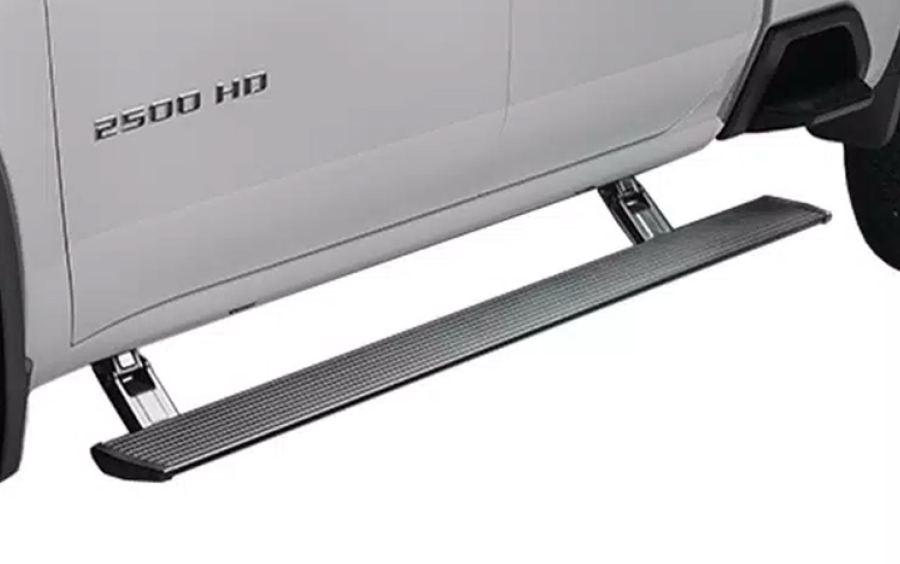
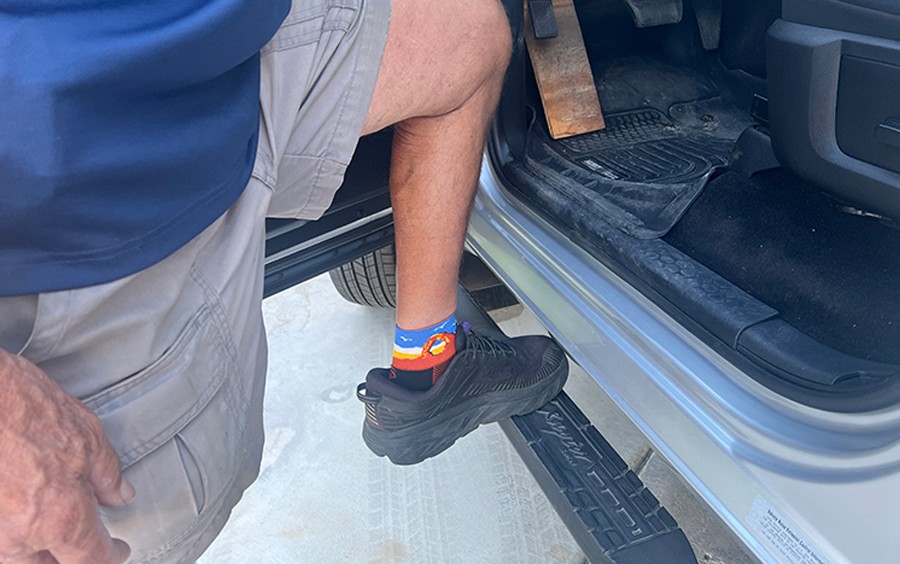
The ultimate side steps are those that open and close automatically in concert with the opening and closing of the cab doors. It’s a great feature that admittedly comes with a substantial price tag, with costs ranging upwards of $2,300 for the AMP Research Power Step XL, available at RealTruck.
If you want something less elaborate but still versatile, there are bolt-on running boards in a number of configurations that will help with footing into the cab. Styles vary with nerf bars and hoop steps more for the minimalist.
Breaking Away
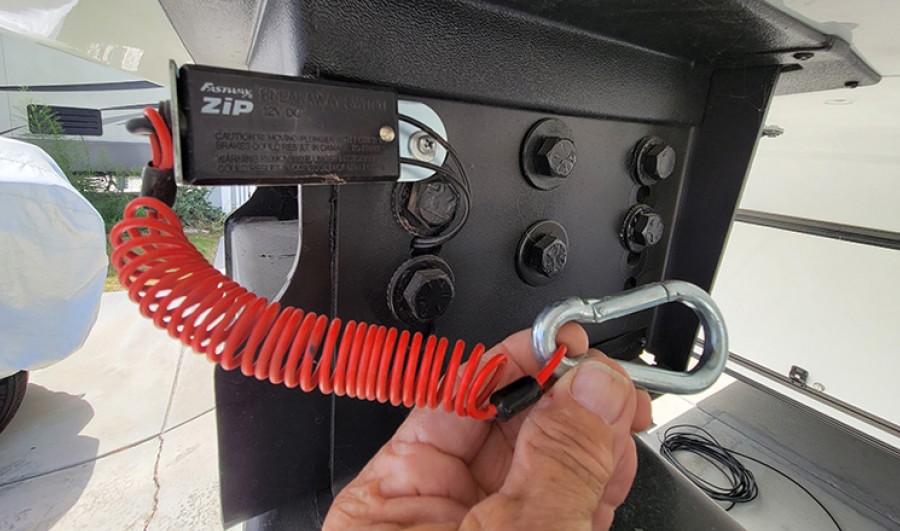
A safety device built into all trailers and fifth wheels is a breakaway switch that activates the trailer brakes in the event of a separation from the tow vehicle. Most come with a long steel cable, which tends to get tangled and is hard to deal with. A better choice is a Fastway Zip Breakaway Cable, which uses a coated, coiled cable and meets DOT standards.
The coiled cable keeps the connection tidy and comes in two sizes: If the distance between the tow vehicle and trailer is 3 feet, the 4-foot Zip version will suffice; otherwise, go with the 6-footer. A carabiner clip facilitates an easy and fast connection.
Third Eye
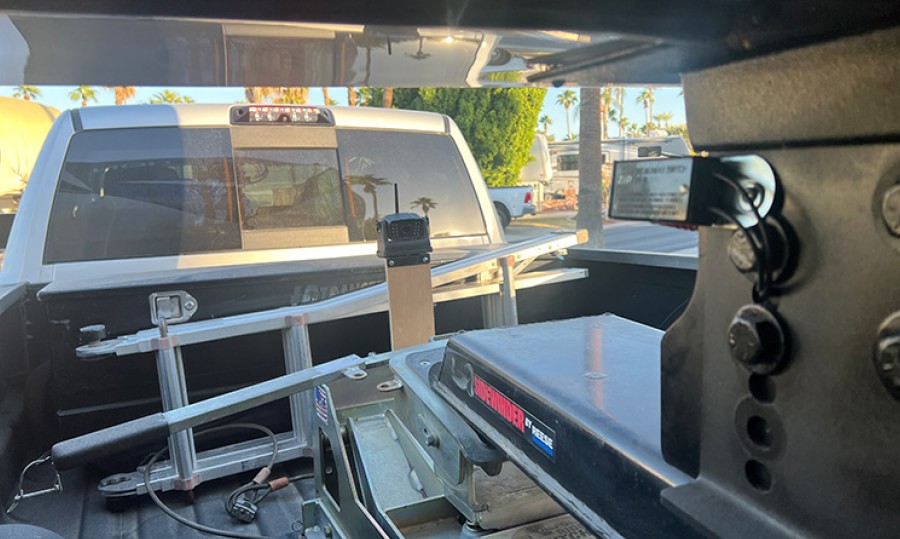
There are dozens of back-up cameras on the Internet, most of which originate in China, but Technical Director Bill Gehr found one that worked well and didn’t break the bank. The DoHonest Magnetic Wireless Backup Camera & Monitor Kit (Amazon, $149.99) offers everything needed and the workmanship is pretty good considering the cost. Gehr rigged up a mounting system at the back edge of the fifth wheel hitch that gave him a great view without straining his neck that was fixed surgically and has reduced movement. Just look for a model with a magnetic base, which will offer the best versatility when looking for a mounting location.
Making the Connection
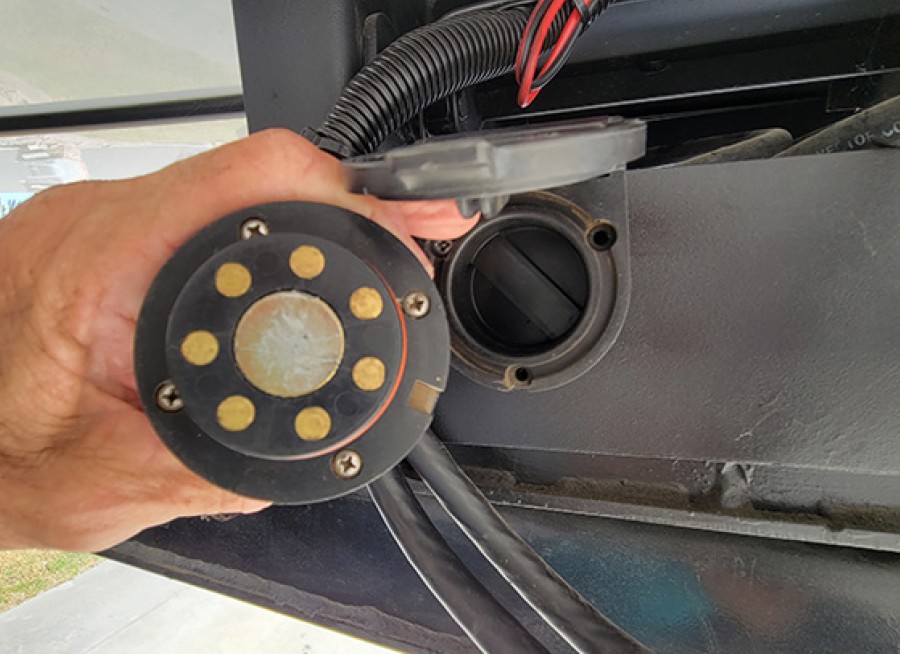
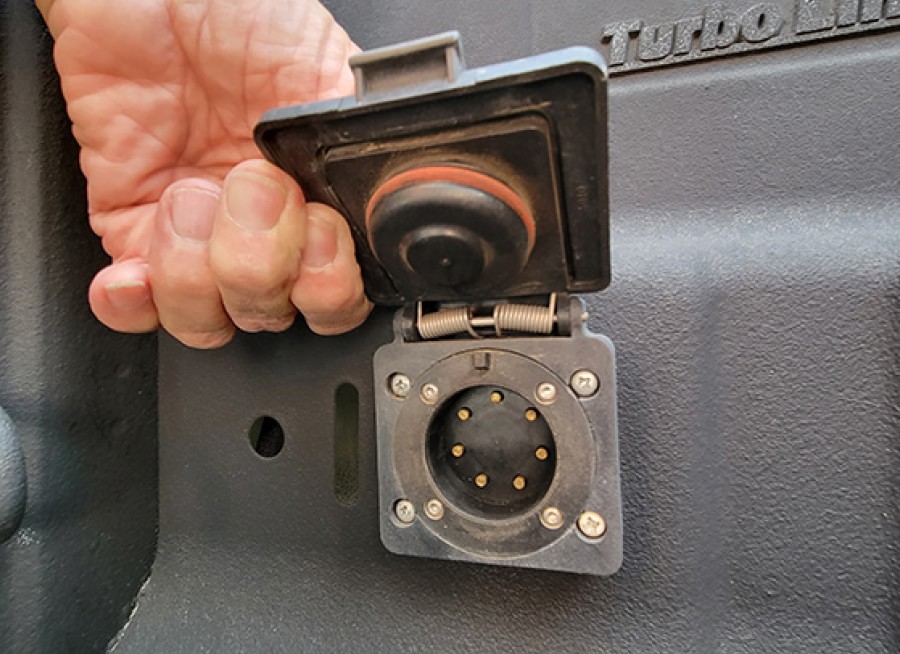
A “better mousetrap” is the EZ Connector, which uses magnetic contacts to transfer the energy from the tow vehicle to the trailer. The EZ Connector has face-to-face contacts rather than the interference type used with the blade connectors, provides better continuity and is more resistant to corrosion and other elements. I’ve been using the same connectors for more than seven years without any problems. The attraction of the magnetic contact points will literally pull the plug out of your hand as it seats in the receptacle — and literally finds its way without looking. A cleaning tool will keep the contact points shiny.
Kits for the truck and trailer sell for $119.99 to $149.99, depending on the application, and you can also get adapters to convert back to the standard 7-way plug and receptacle when towing a different trailer temporarily.
Are We There Yet?
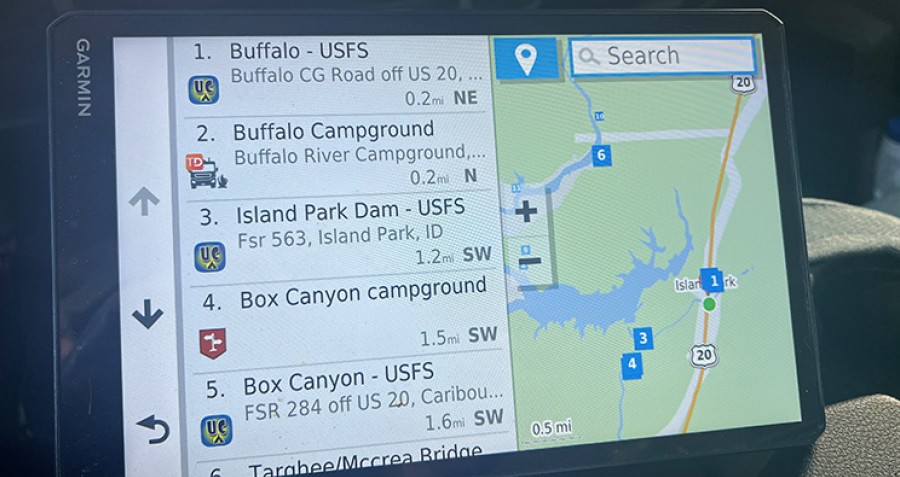
Navigation systems in tow vehicles are common these days, but if you want a GPS device that is RV-specific, the Garmin 895 or 1095 (garmin.com) are your best choices. I rely on the Garmin RV 1090, the predecessor to the RV 1095, and it’s one of the most valuable tools out there for RVers. The RV-specific Garmin GPS devices incorporate personal profile information about your rig, which is used to provide the safest routing for big vehicles.
Beyond directions to fuel stations, food providers and attractions, the RV-series devices include a very extensive list of campgrounds in your destination towns and cities. Just input the destination and look for campgrounds in the area. If you find one you like or recognize, simply tap the screen and you’re on the way — and you won’t have to worry about driving under a bridge that’s too low for your RV.
While there’s a model with a 7-inch screen, I prefer the 10-inch screen on the RV 1095. The 8-inch screen (model RV 895) is also okay, but you’ll love the resolution and large images on the bigger version. Mounting is via a magnetic bracket that can be attached to a windshield or dash using the suction cup, but I prefer to keep the viewing area unobstructed and attached the magnetic base to a custom bracket bolted to the floor (or center console). The only caveat is that the 10-incher is big and may wiggle without additional support, which I rigged up with a parashoot-type cord.
Oh yeah, you can also talk to the Garmin GPS and hook it up to your cell phone via Bluetooth connectivity. The RV 895 retails for $699.99 while the 10-inch version has a $899.99 price tag.
Toting Tools and More Fuel, Too
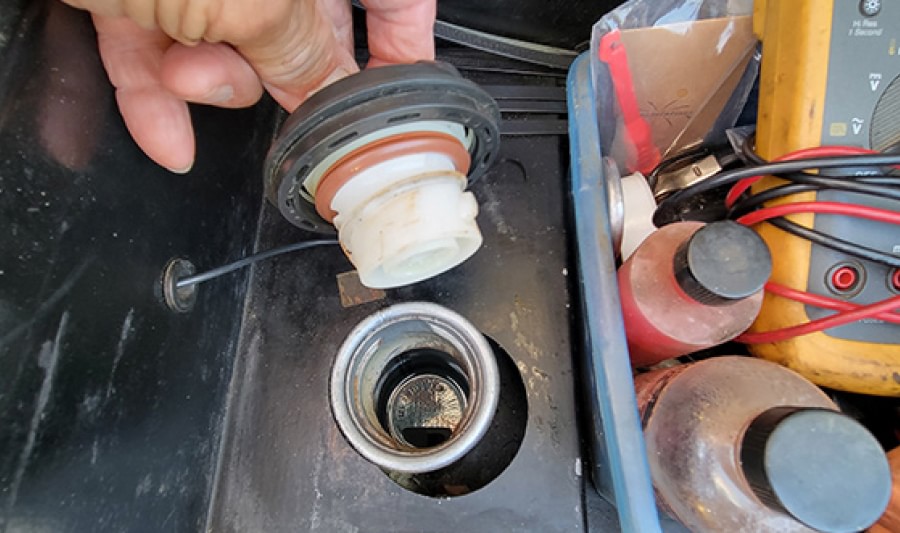
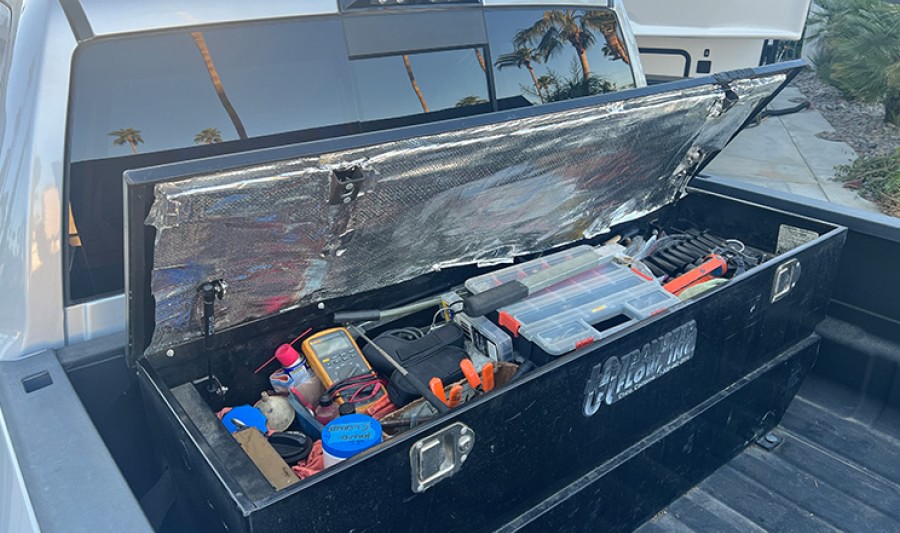
A pickup bed is a perfect place to mount a toolbox, a product that morphed from the construction trades long ago. Afterall, most of us fill up the trailer compartments early on, leaving no choice but to add a toolbox. There are multiple choices for box size and capacity that can be easily found in truck accessory stores and online. You also can decide whether to share some of that space with a box that doubles as a diesel refueling tank, like the ones offered by Transfer Flow, a company that offers steel tanks with high build quality. It’s also possible to opt for a refueling tank only, devoting all the space to carrying up to 100+ gallons of fuel.
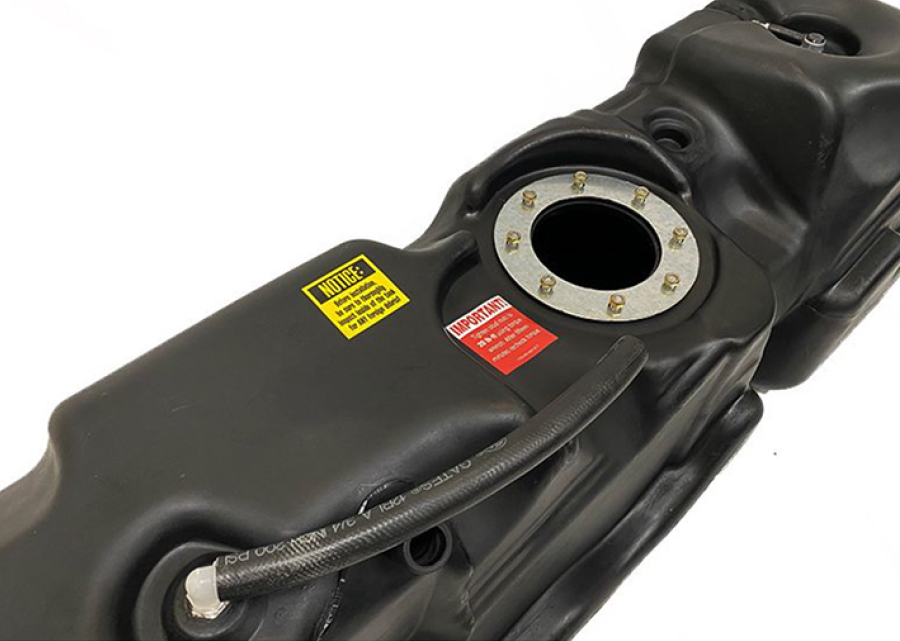
Like the name implies, fuel is stored in the tank and transferred via an independent pump that moves the contents into the factory tank. Diehard trailerists swear by these tanks and Transfer Flow offers a variety of tanks to meet just about any owner’s needs. A 50-gallon tank is also available for storing and transferring gasoline.
Another option is to replace the standard fuel tank with a larger one that can be mounted under the truck. These tanks are available in various sizes from Transfer Flow as well as Titan Tanks, a company that offers a number of replacement tanks made of military-grade polymer. The tanks are made in the U.S.A. and are backed by a lifetime warranty. For example, a 55-gallon mid-ship, diesel-fuel replacement tank for the Ram 3500 sells for $1,619 and adds 20 gallons capacity to the stock tank.
Keep From Prying Eyes
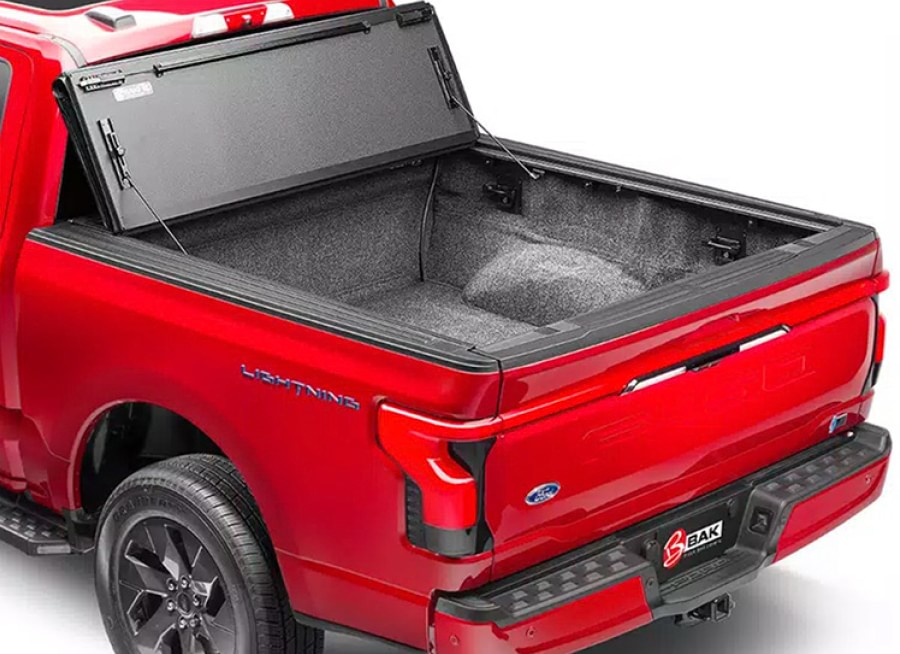
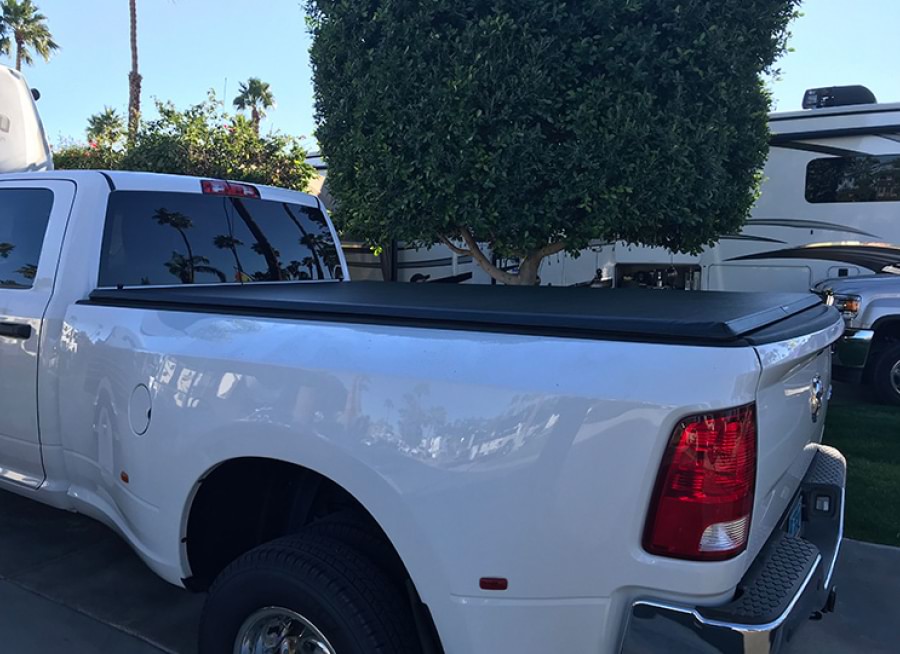
A number of my trailering friends swear by their BAKFlip Tonneau Covers because they are easy to open. But unless the cover is designed for fifth wheel towing, the open panels laying against the cab will interfere with the front of the fifth wheel when turning. Fifth wheel-friendly tonneau covers, like those from Renegade, are designed to open enough to expose the fifth wheel hitch and fold flat to clear the front of the fifth wheel.
Electric and manually operated retractable covers are a good way to go when towing, because they can be retracted enough to expose the fifth wheel hitch and have no restrictions when towing a travel trailer. They are certainly the most convenient, but again, you’ll need space for the cover to roll up in the front of the bed, so their installation will likely preclude use with a toolbox. Figure on spending upwards of $3,300 for a retractable cover.
Another option is a soft cover that rolls up. They keep stored items under wraps and out of the weather, but even though they lock when the tailgate is closed, they are not overly protected from thieves with a sharp knife. Nevertheless, I’ve been using a Truxedo Truxport roll up cover for three years and it has held up amazingly well. It’s easy to install and simply rolls toward the front, exposing the entire bed. When closing it takes a little finesse, but the process is not bad — especially considering the price tag of less than $350 for a long-bed truck. Metal support bars keep the material taut when closed and hook-and-loop fasteners hold the edges in place. A friend in Canada has one that’s gone through seven harsh winters and the cover is still in decent shape.
Gitty Up and Go
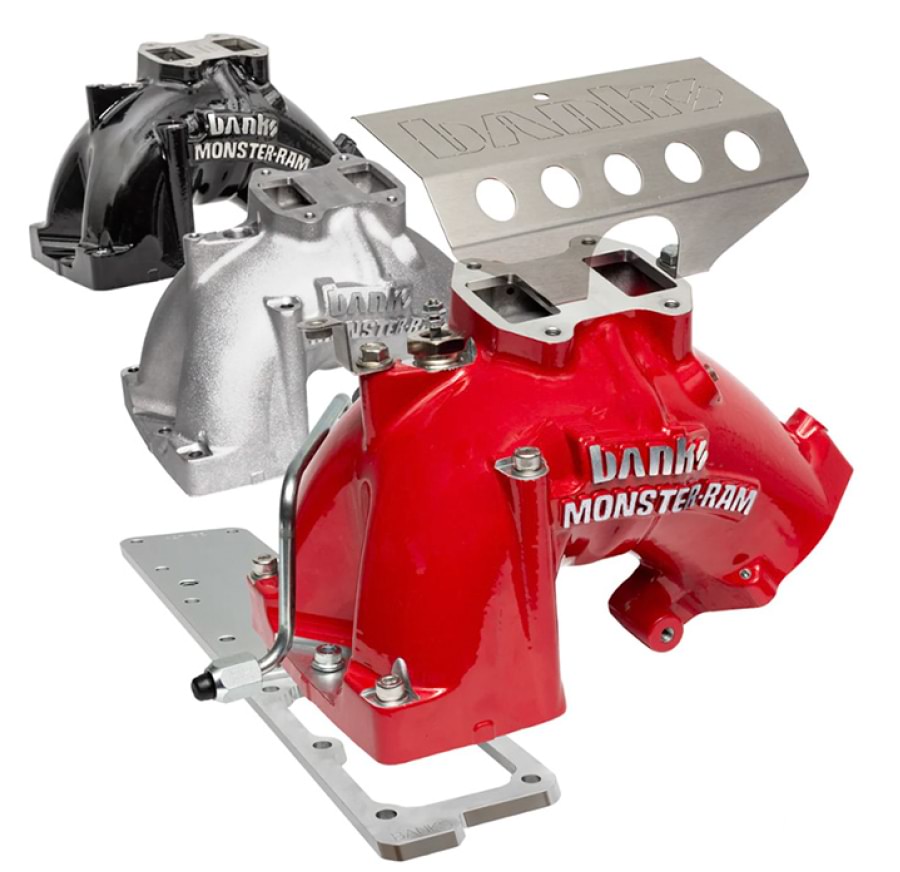
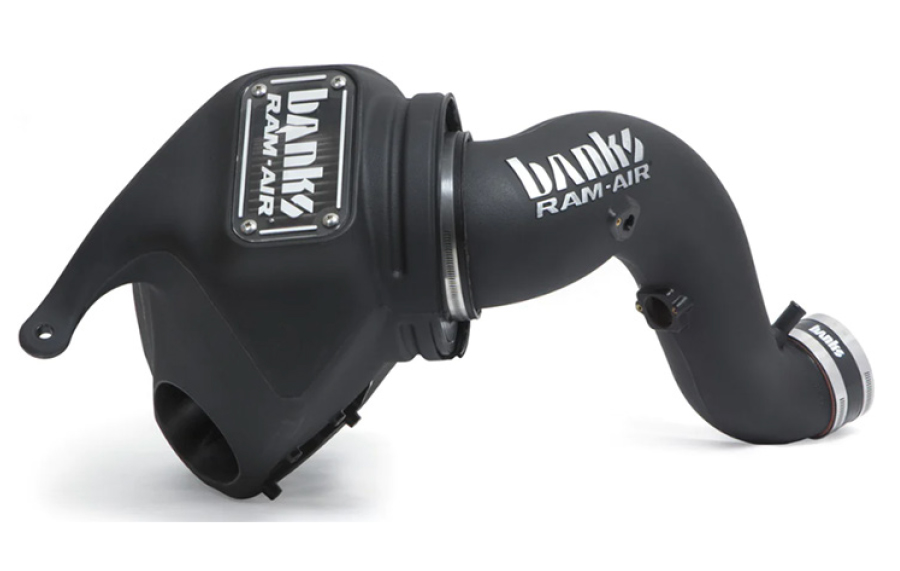
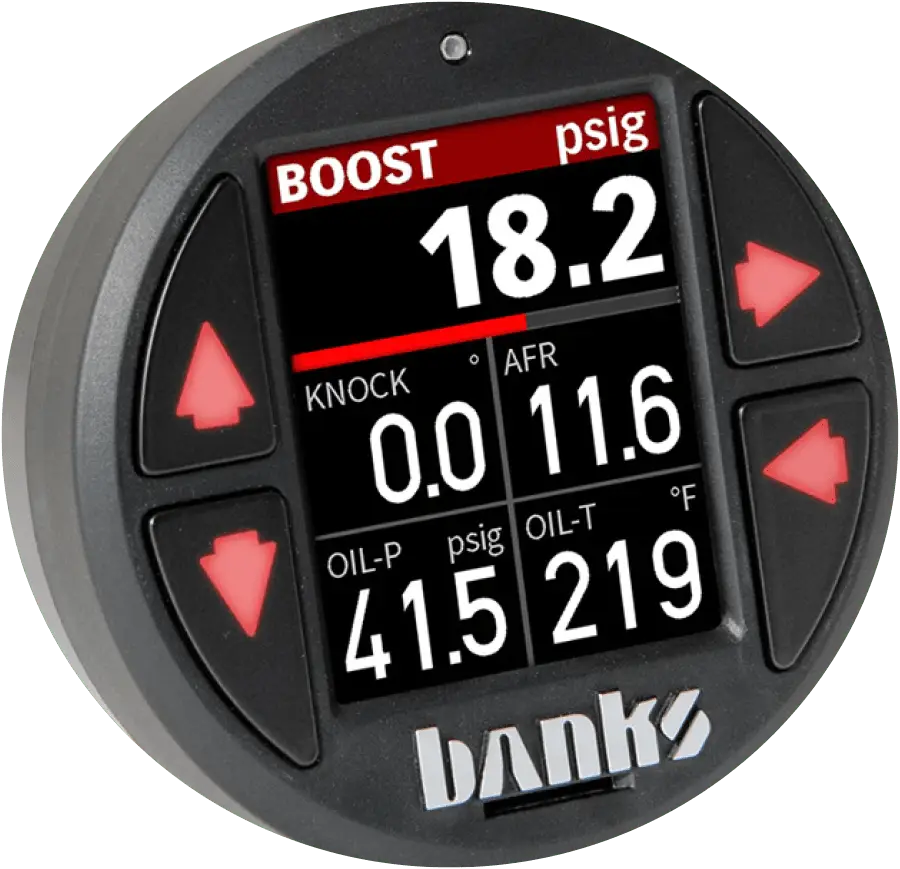
The Banks Engineering iDash SuperGauge & DataMonster provides a ton of engine information including, exhaust gas temperatures, oil temperatures and turbo boost, just to name a few. This round gauge fits in a standard 52mm opening and Banks offers different mounting brackets for installation on the windshield or dashboard.
The Banks Monster Ram Intake System provides a dramatic gain of mass air flow, which is further enhanced when tied to the Banks Ram-Air cold air induction system. You’ll spend $1,500 for both products, which can be installed by seasoned Saturday mechanics. Both products are 50-state compliant.
If you want to keep tabs on your engine, Banks Engineering offers an iDash SuperGauge & DataMonster. It provides a buttload of information, including exhaust gas temperatures, oil temperatures and turbo boost, and can be upgraded with available sensors. This round gauge fits in a standard 52mm mounting bracket and sells for $295.
Cleaner Oil
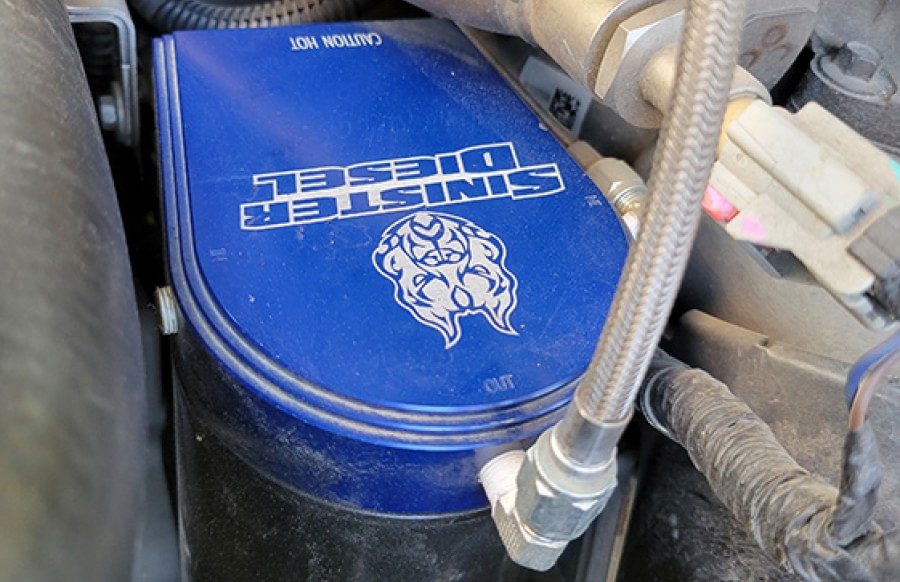
A bypass oil filter system is independent but works in conjunction with the factory system. The kits are not cheap at around $600, but superior oil filtration assures that the lubricating properties don’t break down as fast. That’s because the standard full-flow oil filter on all engines allows smaller particles to pass through to the engine and accelerate wear. Conventional wisdom on the use of bypass filters suggest that oil life can be extended substantially — but even if you don’t subscribe to longer oil change intervals, the oil treated to a bypass filter will provide better lubricity during the time it’s in the engine. The bypass filter cartridge, which is available from Amsoil, should be changed after 25,000 miles of service.
Ride and Handling Improvements
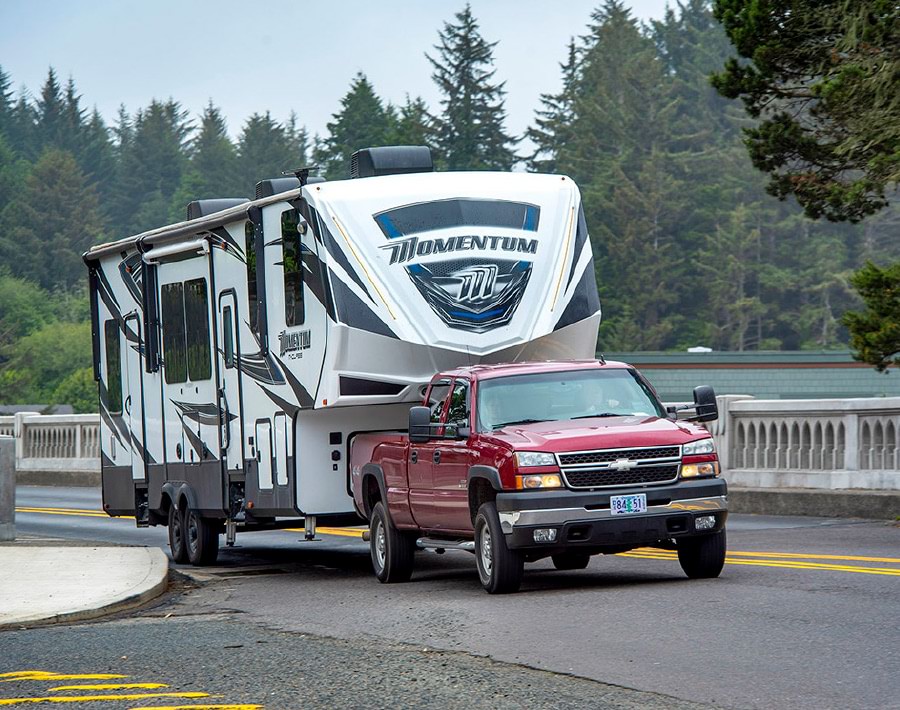
One area where the automotive aftermarket is not short on is suspension products for improving ride and handling, thereby enhancing the driving experience. There are products that will make big changes in the way a tow vehicle, more specifically a pickup truck, conforms to road conditions and steering input — two items that present the most complaints from owners, especially car buffs.
Straight as an Arrow
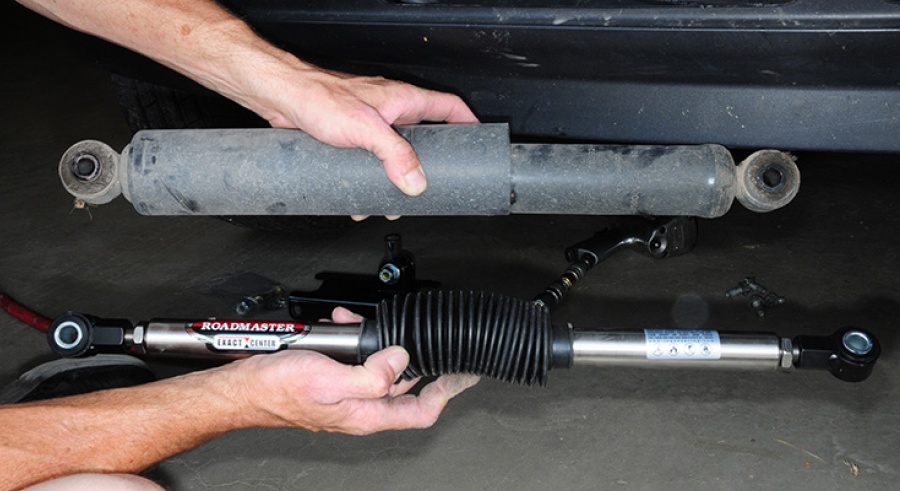
The aftermarket has seen several shock-style products designed to damper steering input and improve handling, but the Exact Center is different. The other products push the linkage back while negotiating turns in an attempt to provide some steering control, but that action is typically after the fact — the vehicle has already started to wander at that point and steering play has already been initiated. The Exact Center is proactive, meaning that rather than ramping up slowly, the forces necessary to control steering remain pressurized in both directions, which promotes a positive feel and maintains steering precision while driving down the road in a straight line or in turns.
Comparing the OEM shock-style damper to the Exact Center shows a completely opposite approach to steering stabilization. While the factory damper looks like a cheap shock absorber — something vehicle manufacturers are famous for — the Exact Center uses a high-pressure nitrogen gas-charged piston in each of two stainless-steel cylinders connected by a stainless-steel rod and covered with a rubber boot. It not only delivers steering control, but its design also meets the criteria of car buffs who like sharp-looking accessories.
At this juncture, the Exact Center can be mounted on Jeep Wranglers and Gladiators, Ram 2500 and 3500 trucks and, as a side note, on Ford E-350/E-450 and F-53 motorhome chassis. Prices range from $450-$579; additional brackets may be necessary. Other applications are on the way, and you can sign up on Roadmaster’s website to be notified when units are available for your vehicle.
Wrestling Down the Bumps
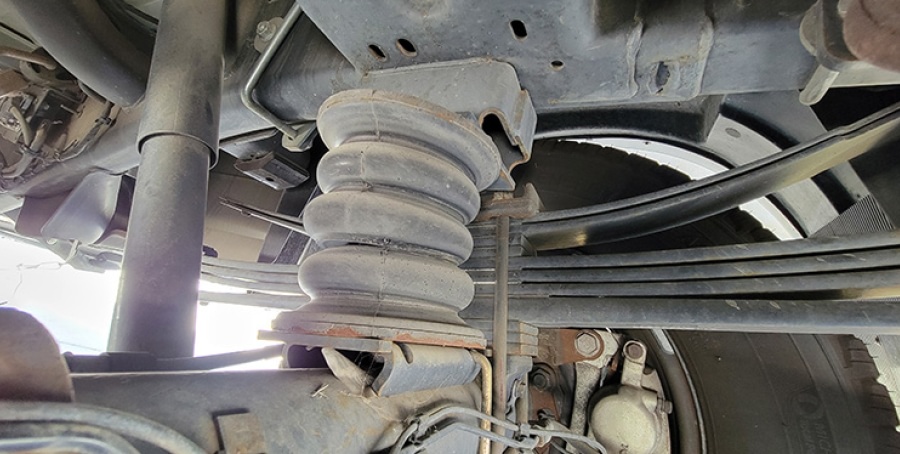
Being progressive, the urethane springs start off soft but as more weight is added, they increase in hardness and offer more support. Installation is not complicated, with connection points between the top of the axle housing and the truck frame. Figure on spending upwards of $500 for the front and back kits and devoting an hour or two to the installation.
Goodbye Death Wobble
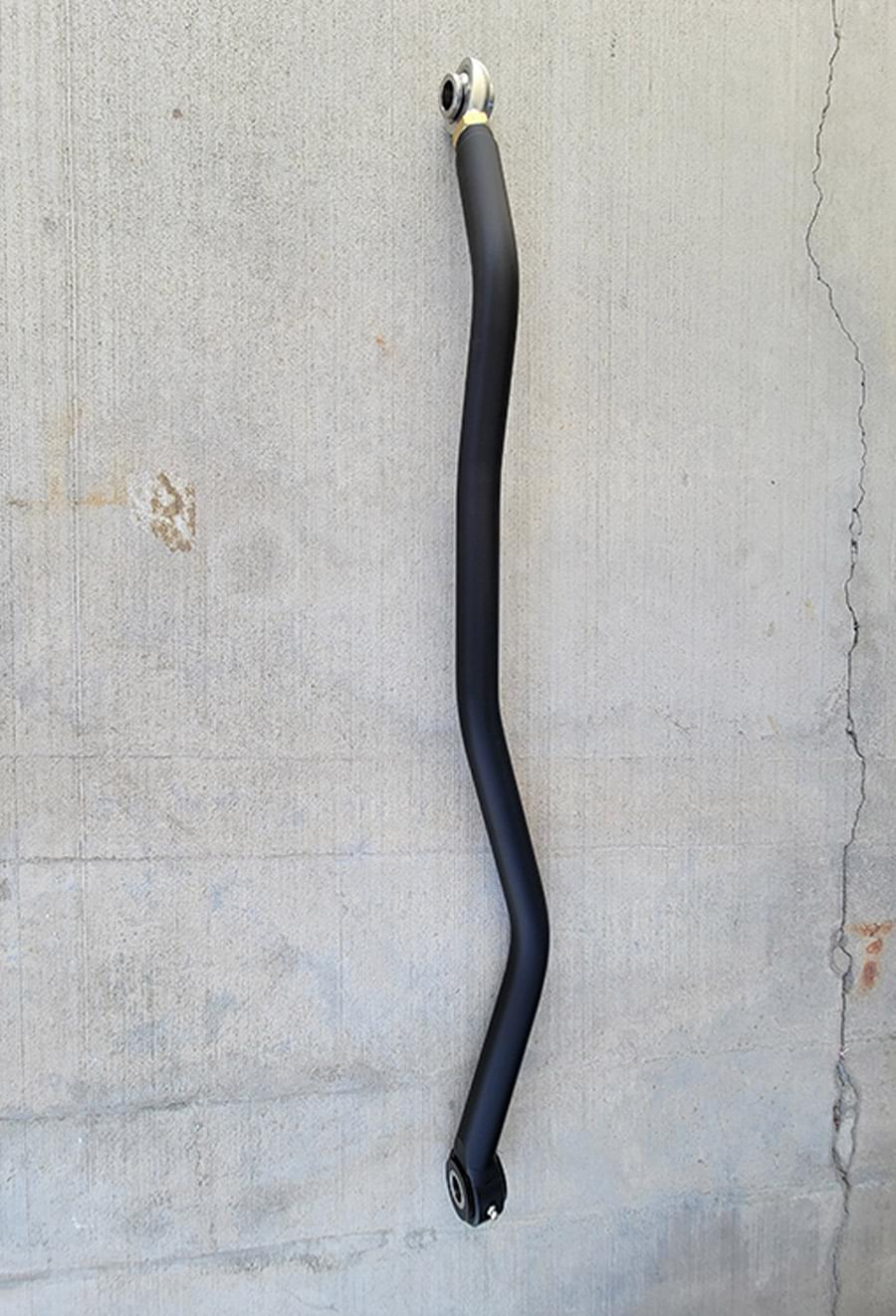
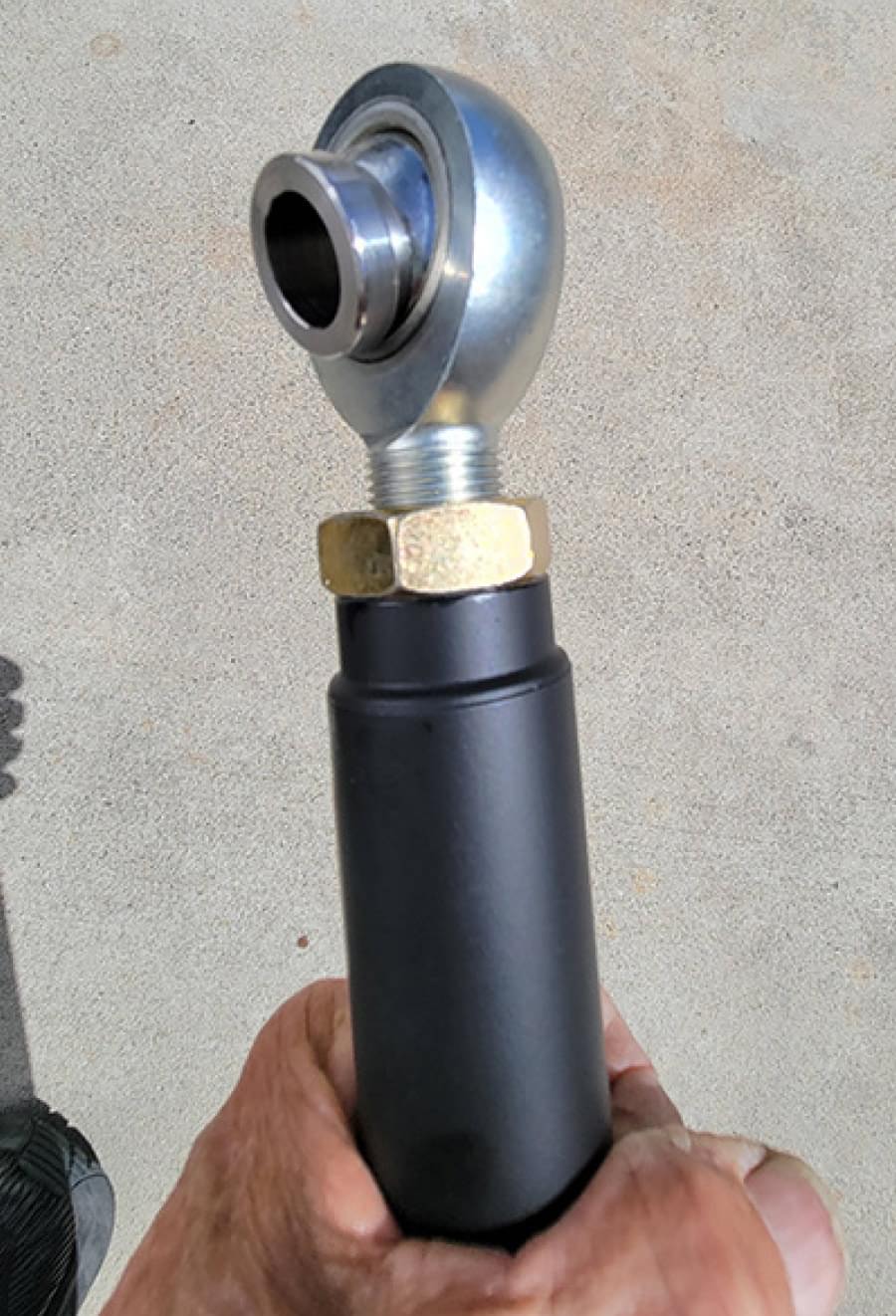
Shocking Results
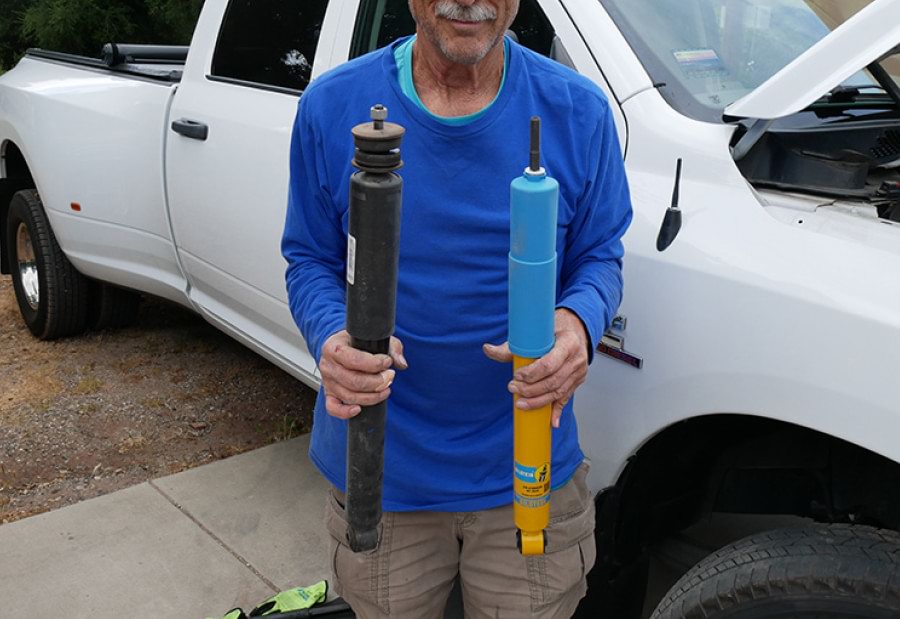
The B6 4600 shocks are nitrogen charged, monotube gas pressure replacements that will improve road manners and enhance handling, especially when compared to worn factory shocks. Since the valving reacts instantly to all road conditions, maintaining good control and a decent ride is virtually seamless.
Prices vary by truck brand and model, but $350 should cover a set of four. Amazon is a good place to purchase the shocks, although truck accessory stores run sales once in while, so spend some time on the Internet.
Rear End Lift
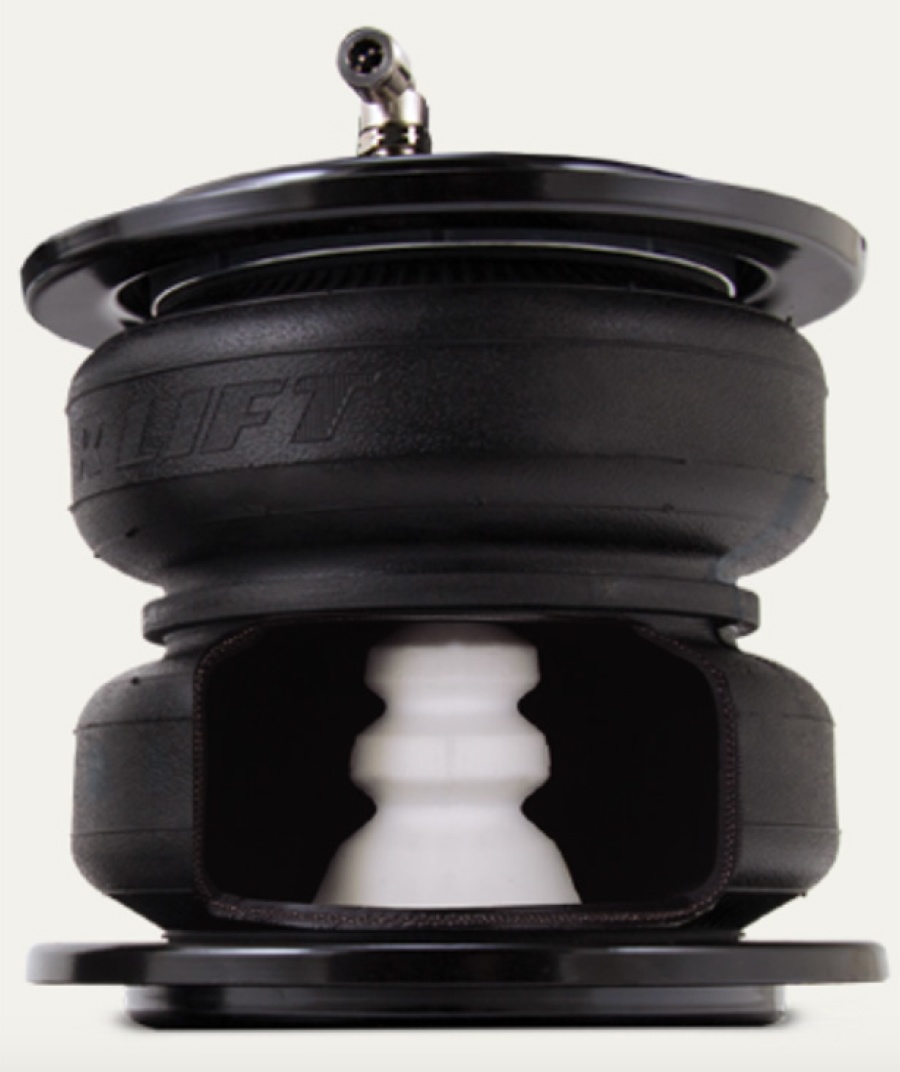
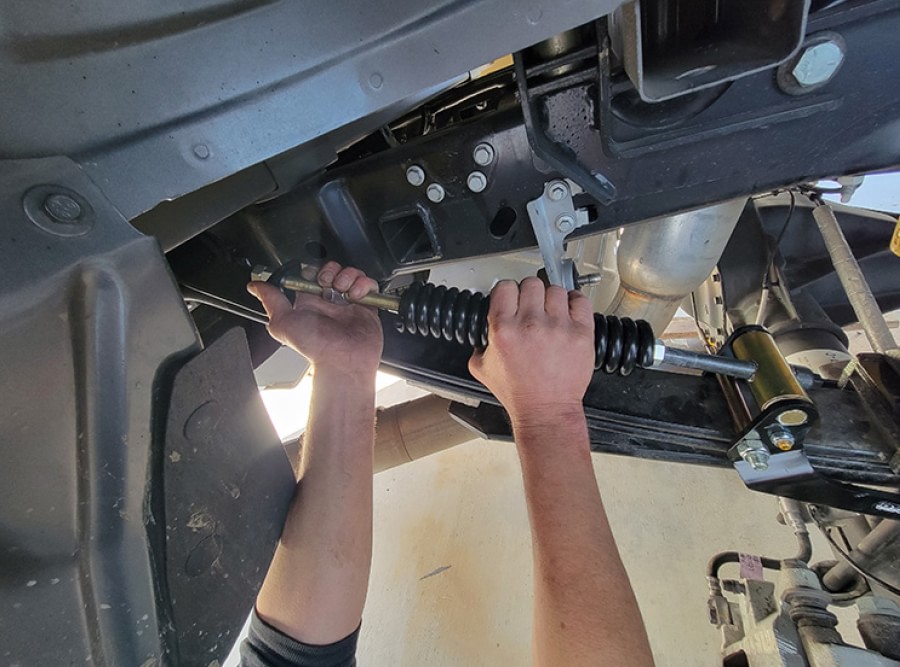
These air springs can be mounted without drilling or other modifications. If you can get by with the air springs that have a 5,000-pound rating, you can find them for less than $400 online; plan on upping that amount to the mid $500’s for the 7,500-pound models. Air-pressure-regulating systems with a compressor can be built into the vehicle to allow for remote filling without a hose and air chuck. This is the way to go for making pressure changes on the go, or when the truck is driven solo.
Another way to lift the rear end without affecting the stock ride is the installation of a RoadActive Suspension. Tension coil springs work with the existing leaf springs to “absorb and dissipate load-force-energy.” While you must remove the overload leaf on each side, the end result is a better ride when the truck is empty. The new parts bolt on easily to the leaf springs and can be accomplished by just about any do-it-yourselfer; the entire kit comes pre-assembled for a simple installation; figure on two hours to get the job done. The kit sells for around $600.
We installed the RoadActive parts on a 2022 Ford F-250 and it leveled out the hookup with the fifth wheel hitched up. On the road testing revealed that the truck exhibited less side-to-side (body) roll and the ride was softer than with the overloads in place. Again, it won’t compensate for overloading the rear axle, but the results from such a simple install were eye-opening (the full install article will be published in a future issue of RV Enthusiast).
Riding On Air
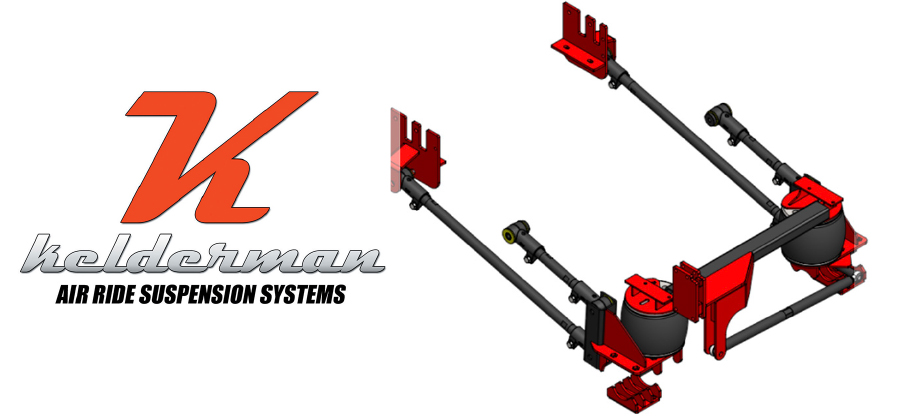
Installing the Kelderman requires removal of the factory suspension to make way for the links and air springs. No more cringing when it comes to shoddy roads and potholes. The installation is not for inexperienced mechanics. Kelderman also offers hardware that works along with the existing leaf springs — which may not offer the ultimate ride, but will help smooth out some of the bumps.
Already a Subscriber? Click here for Access to the Full Issues.

